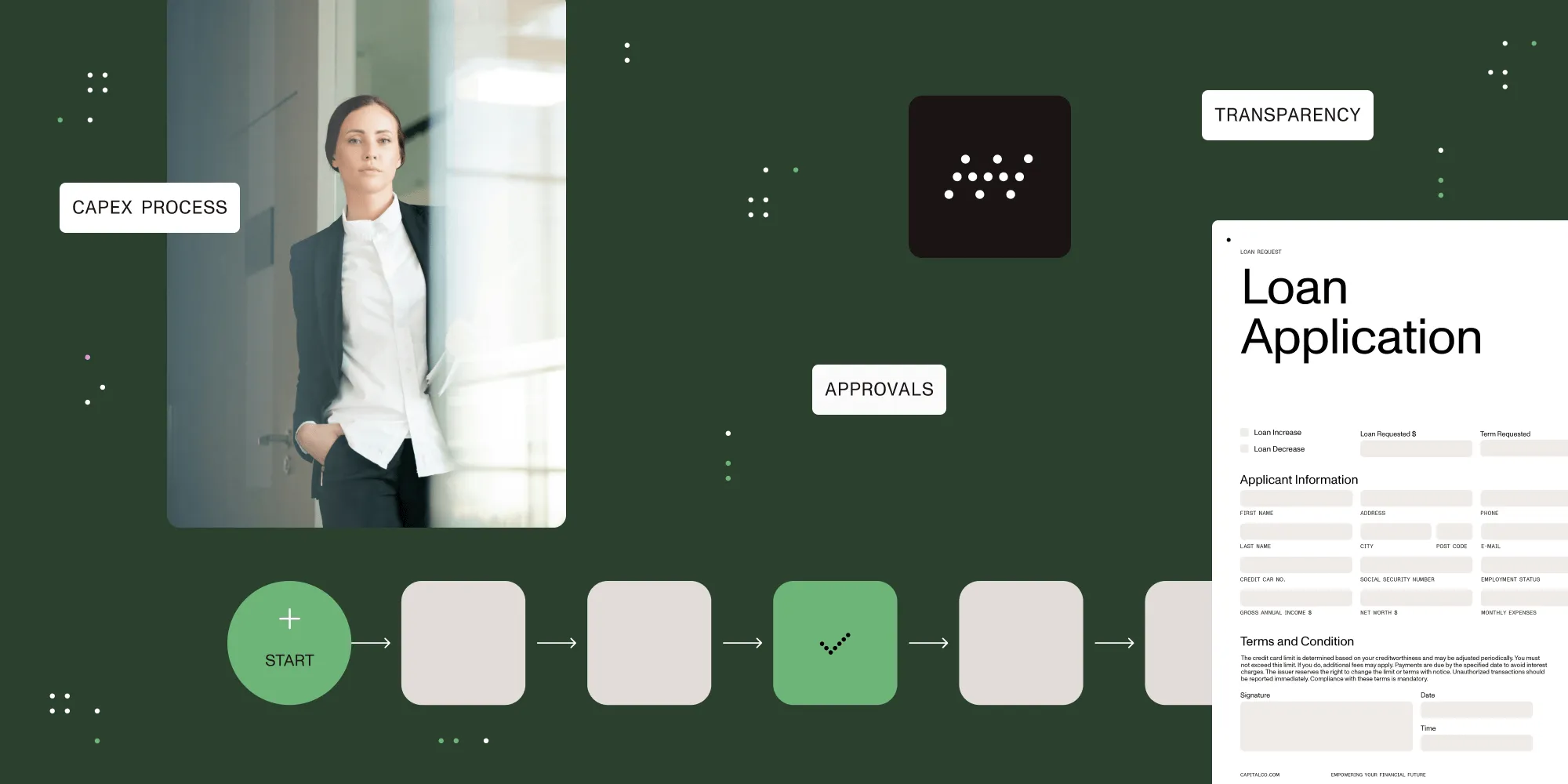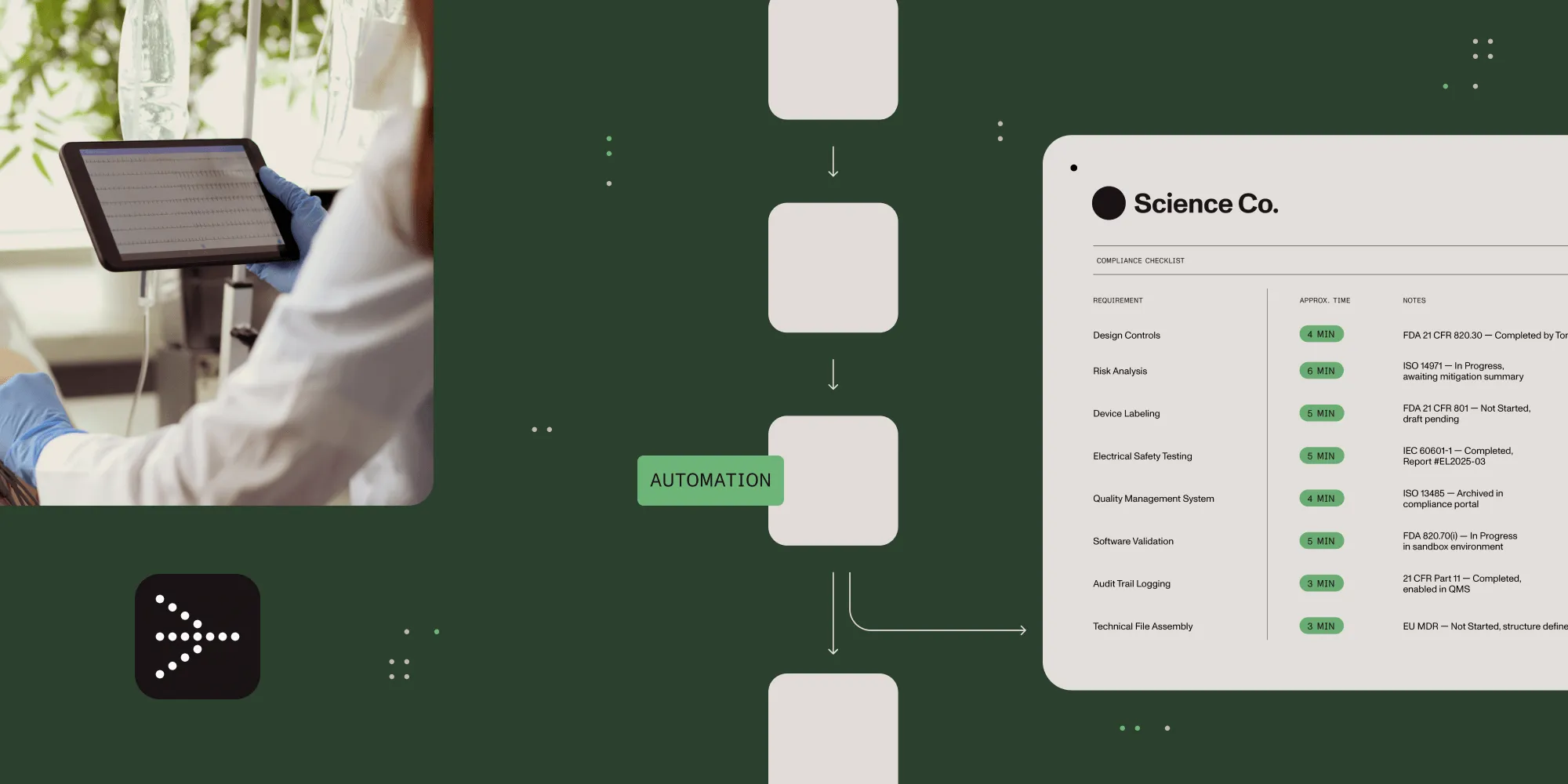Workflow System | Choosing The Right Platform

A workflow system is a platform that combines several discrete workflow tools into one cohesive application that automates processes involving both machine and human tasks, usually in a linear sequence. These automated processes enhance compliance, improve efficiency, and reduce errors in business workflows. However, task sequences can also be dynamic and/or run in parallel depending on actions taken or the needs of the process. Workflows can integrate with existing systems using APIs, allowing administrators to connect and push/pull data between applications as part of workflow processes.
What is Workflow Management?
Workflow management refers to the process of designing, implementing, and monitoring workflows to achieve specific business objectives. It involves creating and managing processes to ensure that tasks are completed efficiently, effectively, and in a timely manner. By leveraging workflow management, businesses can streamline their operations, reduce costs, and improve overall productivity. This systematic approach ensures that every task is aligned with the organization’s goals, making it an essential component of modern business strategy.
Importance of workflow management in businesses
In today’s fast-paced and competitive business environment, workflow management is more crucial than ever. Effective workflow management systems help organizations automate repetitive tasks, minimize manual errors, and enhance communication among team members. By implementing robust workflow management solutions, businesses can significantly boost their productivity, reduce operational costs, and enhance customer satisfaction. These systems ensure that tasks are completed on time and to the highest standard, providing a solid foundation for business growth and success.
Brief history of workflow management
The concept of workflow management has evolved significantly over the years. Initially, it was centered around manual processes, with tasks being tracked and managed through paper-based systems. However, with the advent of technology, workflow management has become increasingly automated and efficient. Today, advanced workflow management software is used by businesses of all sizes to streamline their operations and improve productivity. This evolution has transformed workflow management from a manual, labor-intensive process into a sophisticated, technology-driven solution that drives business success.
What Should Workflow Systems Include?
Process Builder
A process builder is used to build an automated process flow. A "process" refers to tasks to achieve a business outcome. The process proceeds in a sequence determined by actions or pre-defined business rules. Using a process designer in a workflow system involves illustrating these activities and rules and identifying the actions, whether automated, from another system or human-based. Drag, drop, and connect tasks to create a custom workflow that streamlines your business process while replacing manual steps with powerful automation.
Form Designer
A form designer allows users to build sophisticated, dynamic forms that gather input from end-users (employees, customers, vendors, etc.) that feed into the process. In some cases, the information gathered will determine the path of the process. For instance, if an end-user selects "HR" as their department in a form, the process may route the information to someone in HR. Most modern form design tools include the ability to show or hide elements based on inputs (or known user information) and perform calculations live within the form.
Workflow Engine
A workflow engine is an application that runs with a workflow system and makes decisions automatically based on preset rules. These decisions usually involve transitioning to a specific path, task or action in a workflow definition, for instance, assigning a task to someone or saving a document to a specific folder in a document management system.
Reporting Tools
All data and metrics captured during the execution of a process are stored in the workflow system. Data can be compared over time or against SLAs (service level agreements) to track the performance of anyone involved in the process. Reports and information can be displayed in real-time and scheduled for distribution when users need them. Visual reports and dashboards can help paint a complete picture that can easily be shared around your organization. These tools provide a robust workflow analysis that can keep your business or department running smoothly.
Self-Service Portal
Self-service portals provide a consistent, user-friendly Web portal for employees to make requests, manage requests, and track request status. On the back end, IT, HR, Finance, Operations, etc. administrators can create workflows and rules to automatically route requests based on various factors, fulfill employee requests and analyze performance.
Types of Workflow
Process Workflow
A process workflow is a structured sequence of activities or tasks designed to complete a specific business process. It typically follows a predetermined path, with each task triggering the next in the sequence. Process workflows are essential in industries such as manufacturing, finance, and healthcare, where standardized processes are critical to success. By using workflow management tools, businesses can create workflows that ensure consistency, efficiency, and accuracy in their operations. These automated workflows help organizations achieve their business objectives by streamlining complex processes and reducing the potential for errors.
Nutrient Workflow 2-Minute System Overview
Workflow System Benefits
 Workflow System Example
Workflow System Example
- Improve compliance with audit trails.
- Increase output and productivity (this goes for people handling requests and requestors).
- Streamline and speed up internal processes by reducing manual entry and request handling.
- Reduce errors and re-work.
- Reduce the risk of improperly approved requests.
- A unified, personalized request experience for employees.
- Drastically reduce paperwork and associated costs and waste.
- Reduce the need for manual decision-making and exception handling with business rules.
- Track request status (completed, pending, or in progress, etc.) in real-time
- Better align tasks with the appropriate skill sets.
- Identify performance trends (group and individual) over time.
- Reduced license overhead for enterprise systems (ERP, CRM, etc.)
- Monitor team progress against Service Level Agreements.
- Identify and remove process barriers or bottlenecks.
Implementation and Change Management
Because user adoption of a workflow system is critical, it's important to take the right approach when rolling your system out to employees, customers, and vendors.
We've written a detailed article on the subject, but here are the key takeaways:
- Involve users BEFORE the launch
- Understand the impact of change in the organization
- Build for usability
- Avoid the "launch trap"
- Remind/Communicate success
- The response will be key
- Make it official
Interested in Switching to a Workflow System?
We have a variety of resources to help you on your journey to an automated workflow.
- Workflow Tools and eBooks
- Workflow Ideas Weekly eMail Newsletter(opens in a new tab)
- Recorded Demonstration of our Workflow System
- Request a Live Demonstration
FAQ
What is the main benefit of using a workflow system?
A workflow system streamlines business processes, improves efficiency, reduces errors, and enhances compliance.
How does automation impact workflow management?
Automation reduces manual work, minimizes errors, and speeds up processes, leading to higher productivity and cost savings.
Can a workflow system integrate with other business applications?
Yes, most workflow systems can integrate with existing applications through APIs to connect and exchange data seamlessly.
How do reporting tools contribute to workflow management?
Reporting tools track performance, identify bottlenecks, and provide real-time insights into process efficiency, helping businesses optimize their workflows.
What types of businesses benefit from workflow management?
Businesses across all industries, including manufacturing, finance, and healthcare, can benefit from workflow management by improving consistency, efficiency, and accuracy in their processes.







